Each year, billions of birds embark on one of nature’s most remarkable journeys – migration. Among these travelers, Arctic migrants stand out for their extraordinary long-distance flights between breeding grounds in the far north and wintering areas often continents away. But these epic journeys aren’t completed in one continuous flight. Instead, they involve a series of strategic pauses at locations that remain largely invisible to human observers. These secret stopovers – critical rest areas where birds refuel, shelter, and recover – represent the hidden infrastructure of bird migration across the Northern Hemisphere.
The Critical Nature of Migratory Stopovers
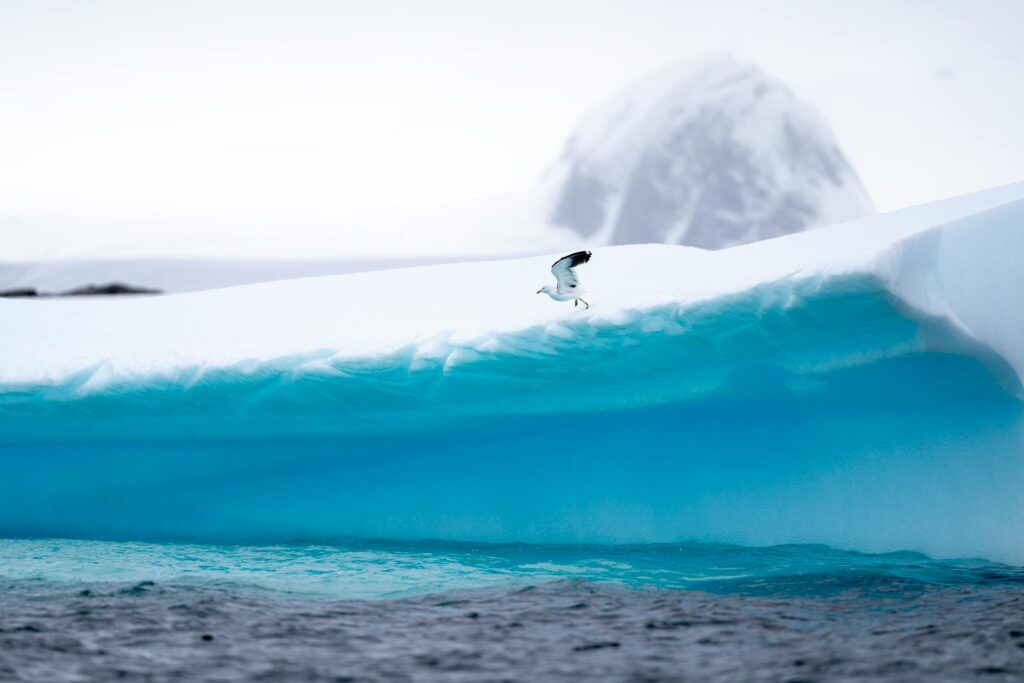
Arctic migratory birds face some of the most challenging journeys in the animal kingdom, with many species traveling over 20,000 kilometers annually between breeding and wintering grounds. These marathon migrations would be physically impossible without strategic rest points known as stopover sites. At these locations, birds can replace lost body fat, accounting for up to 50% of their weight in some species, which serves as their flight fuel. Beyond energy replenishment, stopovers provide shelter from predators and harsh weather conditions that could otherwise prove fatal. The timing and quality of these rest stops directly influence survival rates, with research showing that birds unable to gain sufficient weight at key stopovers face dramatically reduced chances of completing their journeys successfully.
Mysterious Middle Grounds
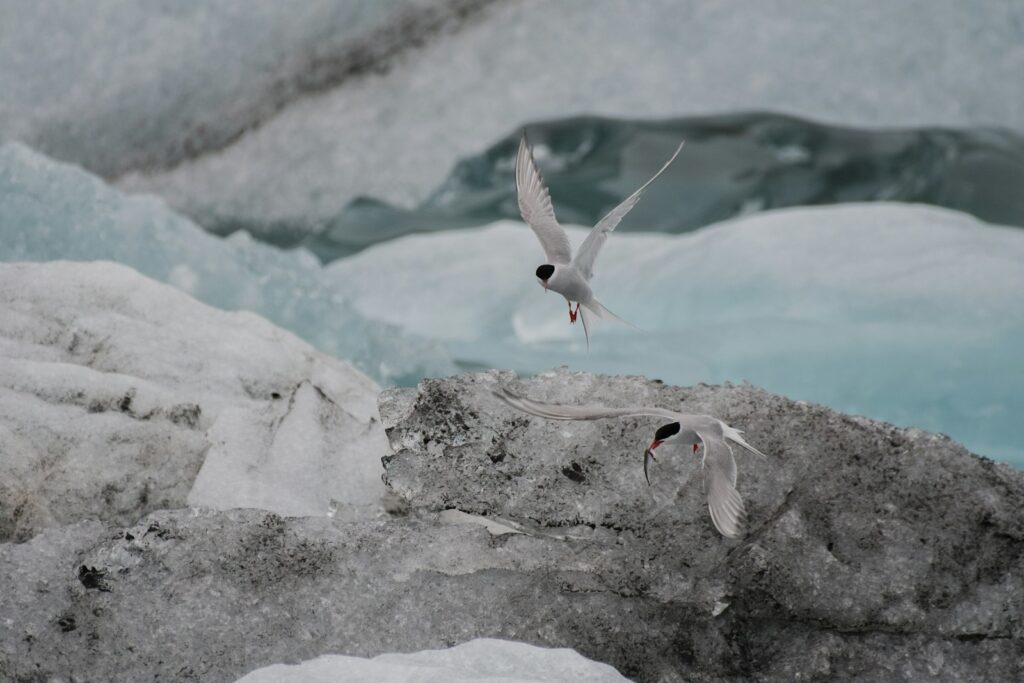
Despite their vital importance, many stopover sites used by Arctic migrants remain poorly documented or entirely unknown to science. These “missing links” in migration routes often exist in remote or inaccessible locations, making research logistically challenging. Some birds utilize specific but ephemeral habitats that may only serve their purpose for a few critical weeks each year, such as temporary wetlands or seasonally productive coastal zones. Remote sensing technology has revealed that certain species make unexpected detours to seemingly random locations, suggesting the existence of previously unrecognized stopover networks. The scientific mystery surrounding these sites has intensified in recent years as researchers discover that many traditional stopover locations are rapidly disappearing due to human development, creating an urgent need to identify and protect these crucial waypoints.
Technological Breakthroughs in Tracking
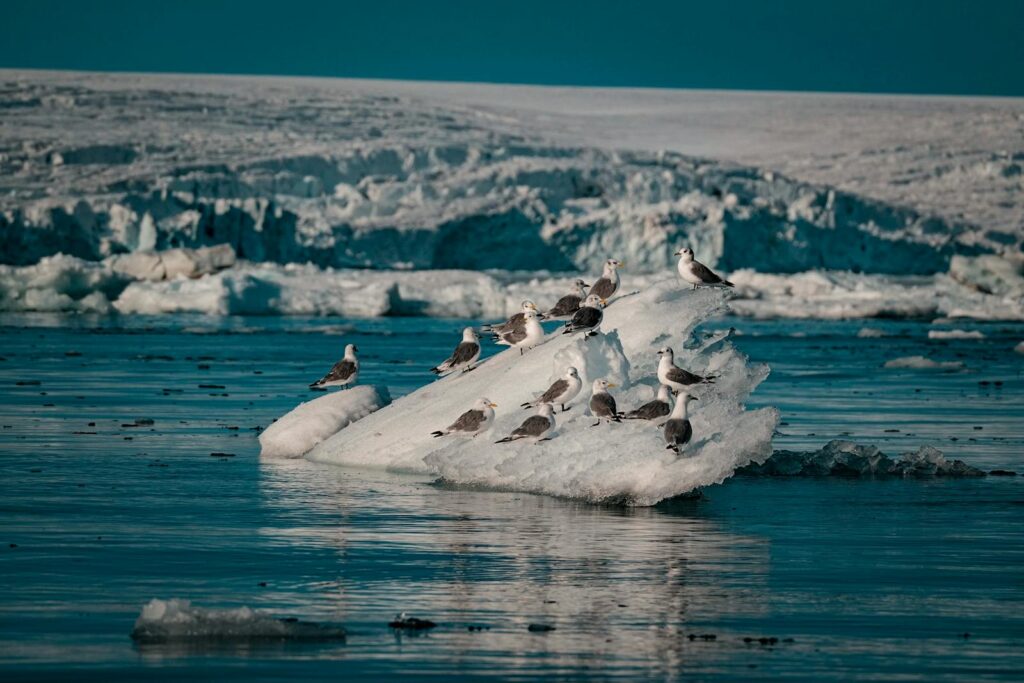
The development of miniaturized tracking technology has revolutionized our understanding of Arctic bird migration patterns and their secretive stopovers. Modern GPS tags weighing less than a gram can now be attached to birds as small as warblers, providing unprecedented insights into their movements with accuracy down to a few meters. Geolocators, which measure light levels to determine approximate location, have revealed previously unknown mid-migration resting areas used by species like the Arctic tern and bar-tailed godwit. Automated radio telemetry networks, including the Motus Wildlife Tracking System, use strategically placed receiver stations to detect tagged birds across continental scales, documenting precise arrival and departure times at stopover sites. These technological advances have allowed researchers to document extraordinary behaviors, such as non-stop flights lasting over a week and strategic use of weather systems to reduce energy expenditure during migration.
Coastal Marshes: Hidden Refueling Stations
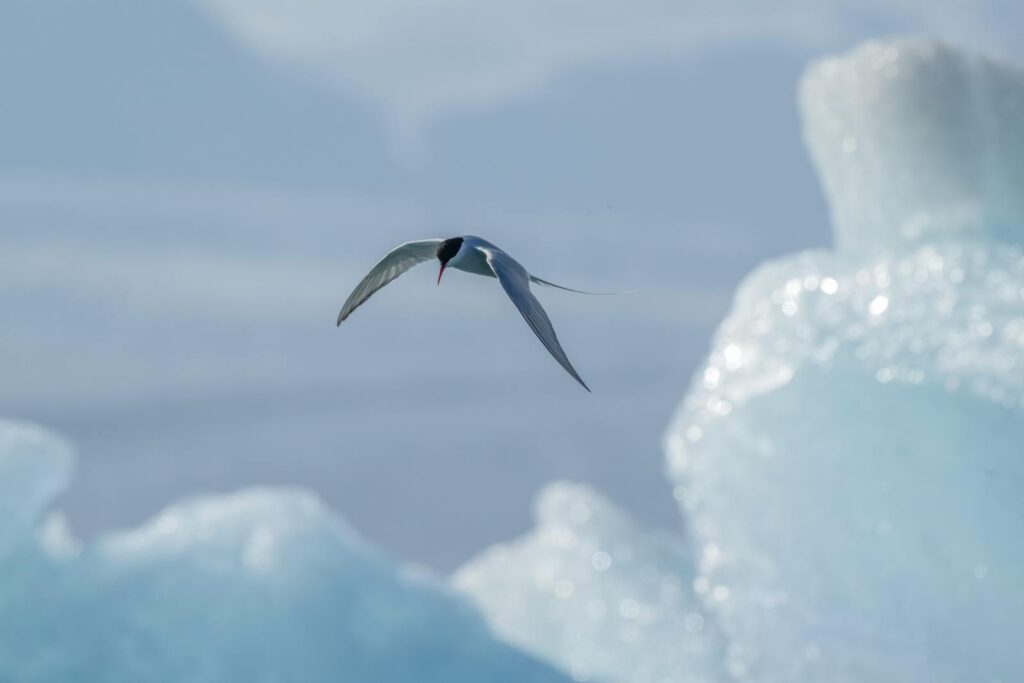
Coastal marshes represent some of the most critical yet threatened stopover habitats for Arctic migrants, particularly shorebirds and waterfowl. These wetland ecosystems function as biological supermarkets, offering energy-dense foods like horseshoe crab eggs, small crustaceans, and aquatic invertebrates that allow birds to double their body weight in just weeks. The Delaware Bay on North America’s Atlantic coast represents perhaps the most famous example, where up to 80% of the entire rufa red knot population congregates each spring to feast on horseshoe crab eggs. The Copper River Delta in Alaska serves as another crucial but less known coastal stopover, supporting millions of shorebirds including western sandpipers and dunlin during their northward migration. Research indicates that birds time their arrivals at these sites with remarkable precision to coincide with peak food availability, demonstrating the evolutionary importance of these locations.
Arctic Oases: Unexpected Northern Stops
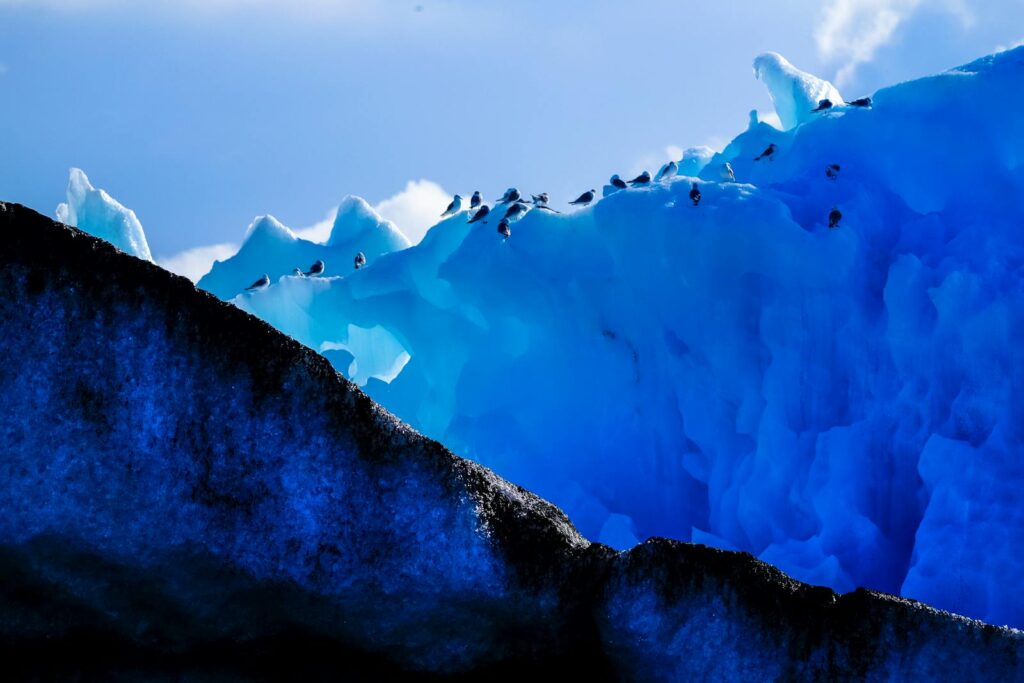
Contrary to popular perception of the Arctic as a uniformly harsh environment, certain locations within the high latitudes serve as vital stopovers for birds both before and after their breeding season. These “Arctic oases” often feature unique microclimate conditions that support abundant insect life or early-season plant growth. The Yukon-Kuskokwim Delta in Alaska represents one such hotspot, where millions of birds from dozens of species pause to feed before continuing to more northern breeding grounds or southern wintering areas. Iceland’s Lake Mývatn, whose name literally means “midge lake,” provides a critical insect-rich refueling stop for species including red-necked phalaropes and Arctic terns. These northern stopovers are particularly important for species practicing a “hopping” migration strategy, where birds make numerous shorter flights rather than a few long journeys, allowing them to track the advancing spring and its associated food resources.
The Surprising Importance of Urban Areas
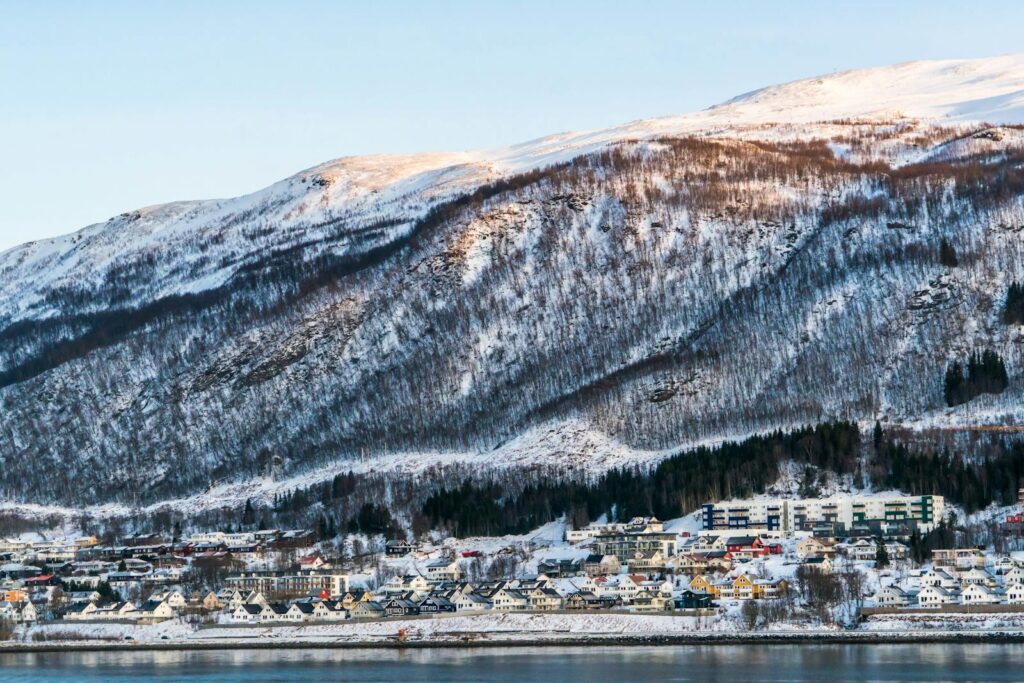
Recent research has revealed that many Arctic migrants make unexpected use of urban and suburban areas as stopover sites, adapting to human-modified landscapes in surprising ways. City parks, golf courses, and even well-vegetated residential neighborhoods can provide critical rest and refueling opportunities when natural habitats are scarce. Studies using weather radar have documented massive numbers of migratory birds descending into major cities along migration routes at dawn, seeking refuge after overnight flights. Some species show remarkable flexibility in their diet during stopovers, with typically insect-eating warblers switching to berries and fruit in urban settings. However, urban stopovers come with significant risks, including collisions with buildings, exposure to predators like domestic cats, and the challenge of finding sufficient quality food in these artificial environments.
Desert Oases: Unlikely Stepping Stones
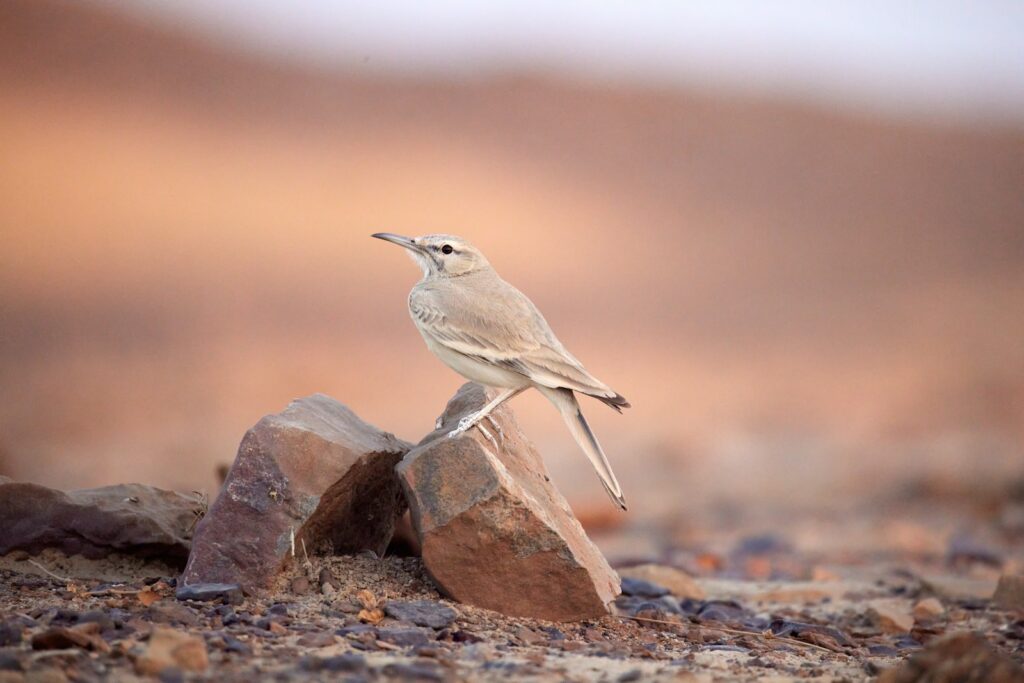
Many Arctic migrants must cross vast desert regions during their journeys, making isolated pockets of vegetation and water critically important for their survival. These desert oases, often human-created, serve as vital stepping stones across otherwise inhospitable terrain. The artificial lakes of the Imperial Valley in California’s otherwise arid landscape provide essential rest stops for waterbirds traveling along the Pacific Flyway, including Arctic species like Pacific loons and red-necked phalaropes. In the Middle East, sewage treatment facilities and artificial wetlands have become unexpected lifelines for migrants crossing from Eurasia to Africa, with studies documenting over 300 species using these sites. Climate change threatens to make these desert crossings even more perilous, potentially creating “ecological barriers” too wide for some species to cross without additional stopover sites.
Agricultural Lands as Temporary Habitat
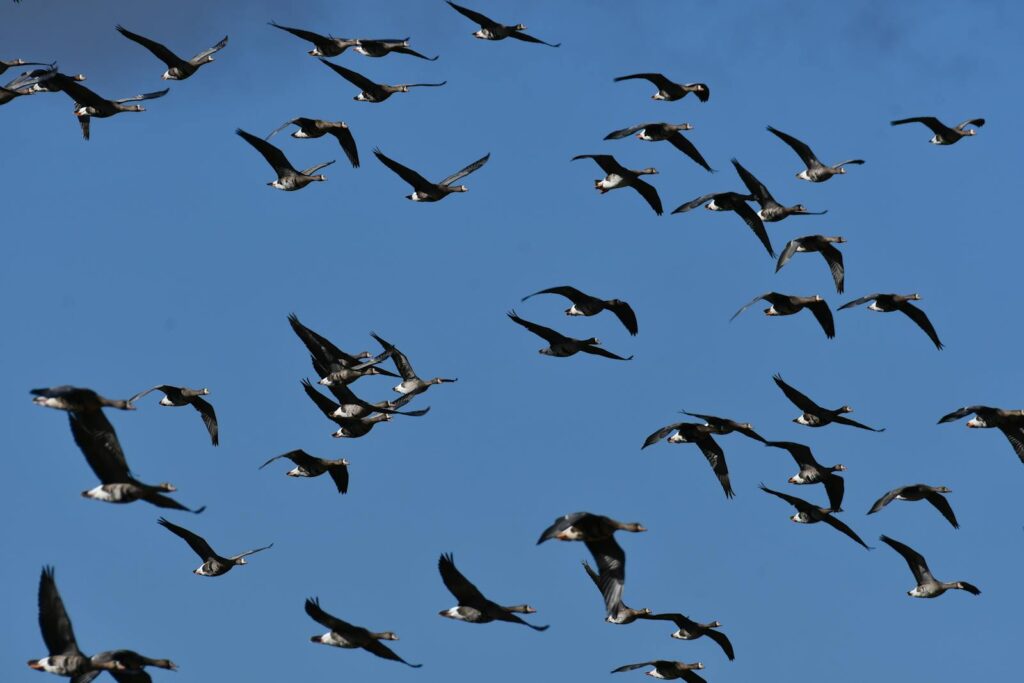
Farmlands have emerged as surprisingly important stopover habitat for many Arctic migrants, particularly geese, cranes, and some shorebird species. Rice fields in particular offer a human-created wetland substitute that supports millions of migratory birds across North America and Asia during spring and fall migrations. The Central Valley of California provides critical stopover habitat for Arctic nesting greater white-fronted geese and tundra swans, which feed on leftover grain and young vegetation in flooded fields. In Europe, research has shown that certain farming practices, such as leaving some fields flooded after harvest or creating temporary wetlands, can significantly increase the value of agricultural lands for migratory birds. However, these areas often present trade-offs, with potential exposure to agricultural chemicals and less diverse food resources compared to natural habitats.
Mysterious Mid-Ocean Resting Places
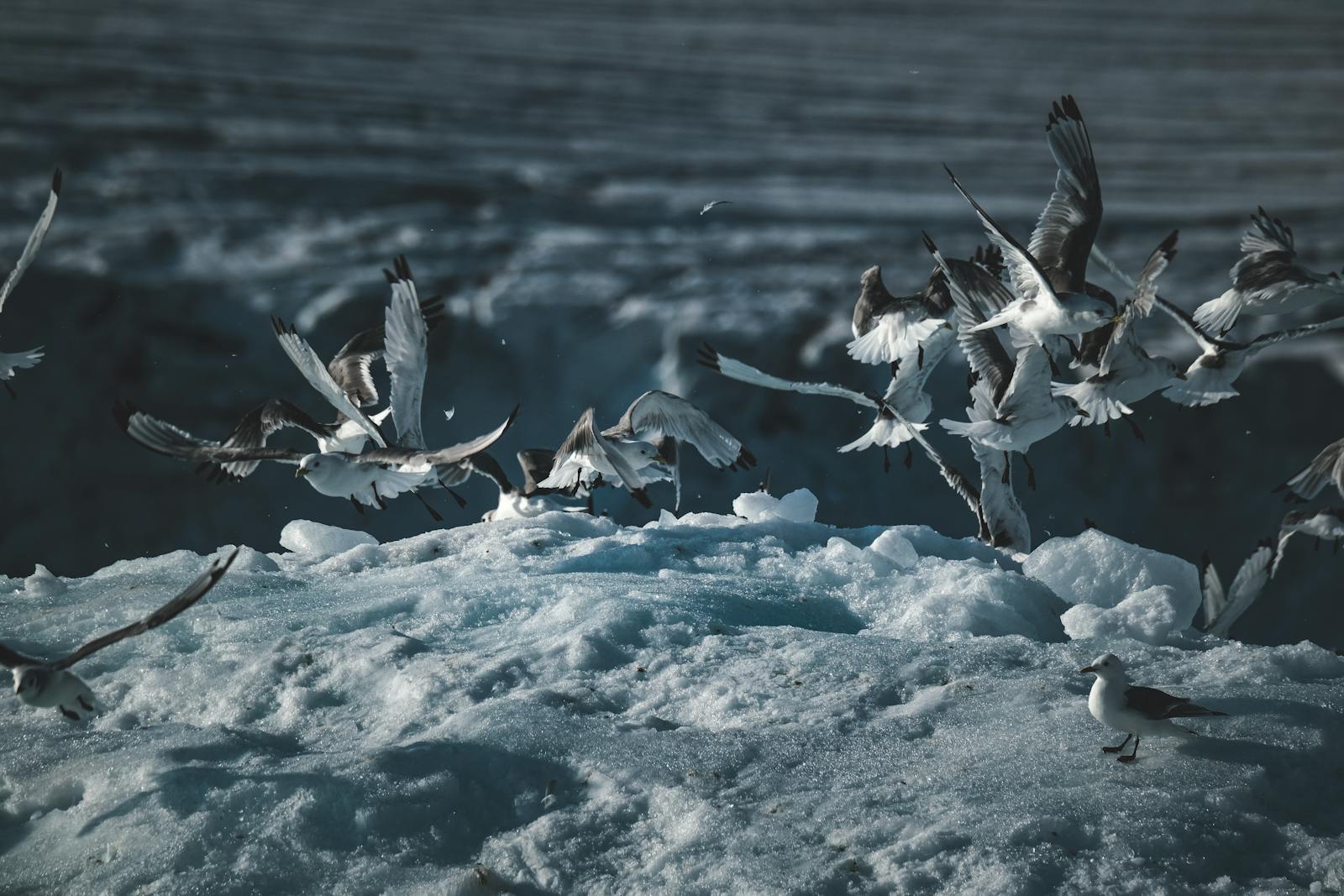
For species crossing vast ocean expanses, researchers have documented perplexing mid-ocean stopovers that challenge our understanding of migration. Arctic terns, which make the longest migration of any animal, have been tracked making week-long stops in seemingly random areas of open ocean thousands of kilometers from any land. These oceanic “hotspots” typically correspond to productive upwelling zones where currents bring nutrient-rich water to the surface, supporting abundant fish and marine invertebrates. Phalaropes, small shorebirds that spend much of their non-breeding life at sea, congregate by the millions at certain ocean locations where converging currents concentrate their zooplankton prey. Satellite tracking has revealed that some seabirds, like the Arctic-breeding pomarine jaeger, make strategic use of weather systems during these oceanic stopovers, riding favorable winds to minimize energy expenditure.
High-Altitude Mountain Stopovers
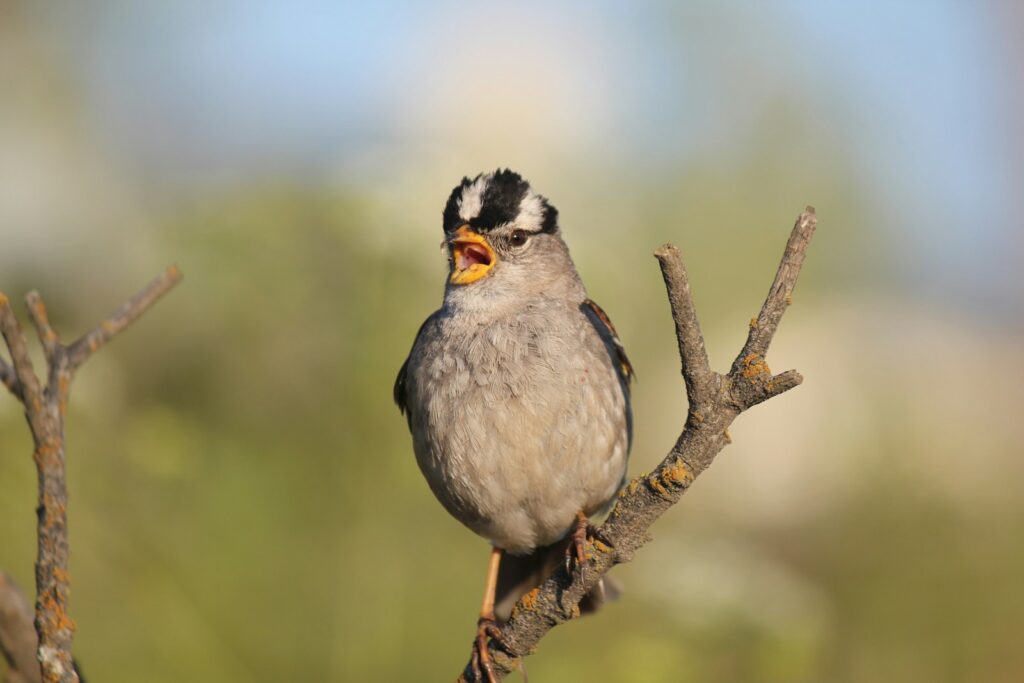
Mountainous regions present both barriers and opportunities for Arctic migrants, with some species making surprising use of high-altitude habitats during migration. Alpine meadows and high mountain lakes serve as important stopover sites for species including northern wheatears and American golden-plovers crossing between continents. The Rocky Mountains in North America provide critical staging areas for white-crowned sparrows and rosy-finches, which breed in the Arctic but use these high-elevation sites as stopover points during migration. These mountain stopovers often feature intense but short-lived resource pulses, such as massive hatches of insects or ripening of berries and seeds. Climate change poses a particular threat to these high-altitude stopovers, as warming temperatures alter the timing of resource availability and potentially create mismatches with birds’ migration schedules.
Stopover Site Fidelity: Returning Year After Year
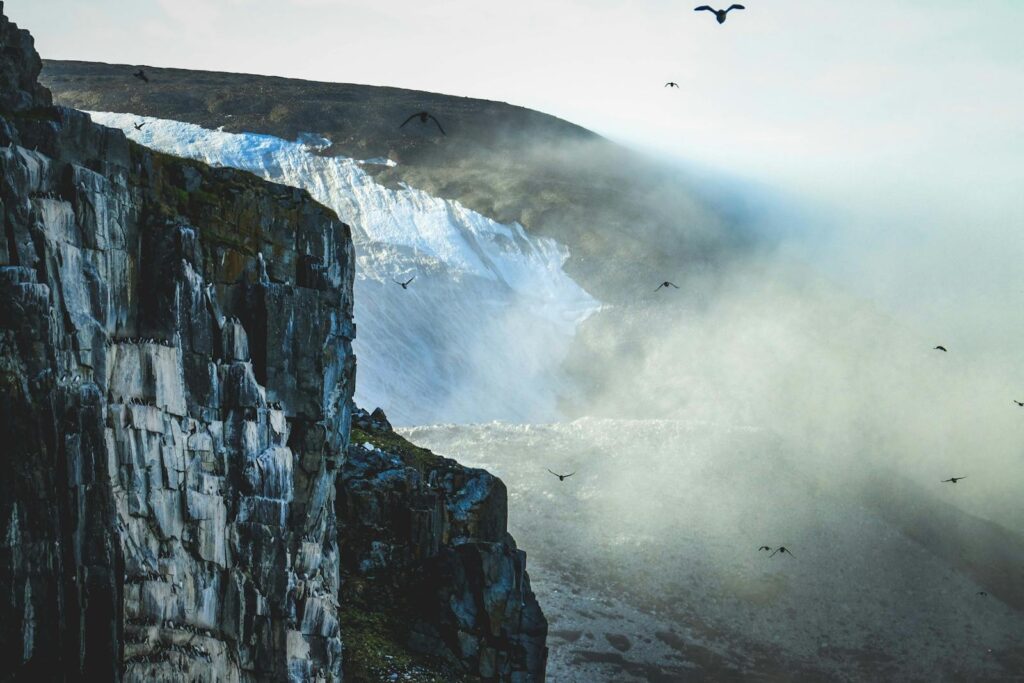
One of the most remarkable aspects of Arctic bird migration is the extraordinary site fidelity many species show to specific stopover locations year after year. Individual bar-tailed godwits tracked over multiple migrations often return to the same few square kilometers of mudflats in Yellow Sea staging areas despite having traveled over 10,000 kilometers from New Zealand or Australia. This precision navigation becomes even more impressive considering that many juvenile birds make their first migration without adult guidance, suggesting an innate ability to locate these critical rest stops. Long-term studies of individual birds show that this site fidelity persists throughout their lives, with some species returning to the exact same feeding territories within a stopover site each year. This strong attachment to specific locations makes these birds particularly vulnerable to habitat degradation or loss, as they may not easily adapt to using alternative sites even when their traditional stopovers become unsuitable.
Climate Change and Shifting Stopovers

Climate change is fundamentally altering the network of stopover sites available to Arctic migrants, creating new challenges for species already undertaking some of the animal kingdom’s most demanding journeys. Rising temperatures are shifting the timing of insect emergence and plant growth, potentially creating “phenological mismatches” where birds arrive at traditional stopover sites after food resources have peaked or before they’ve become available. Sea level rise threatens coastal stopover habitats, with models predicting that up to 70% of intertidal feeding areas used by some shorebird species could disappear this century. However, research also suggests that some species may be adapting by utilizing new stopover locations farther north that were previously unsuitable but have become productive due to warming temperatures. These changes highlight the dynamic nature of migration as an adaptive strategy that continues to evolve in response to environmental conditions.
Conservation Challenges and International Cooperation
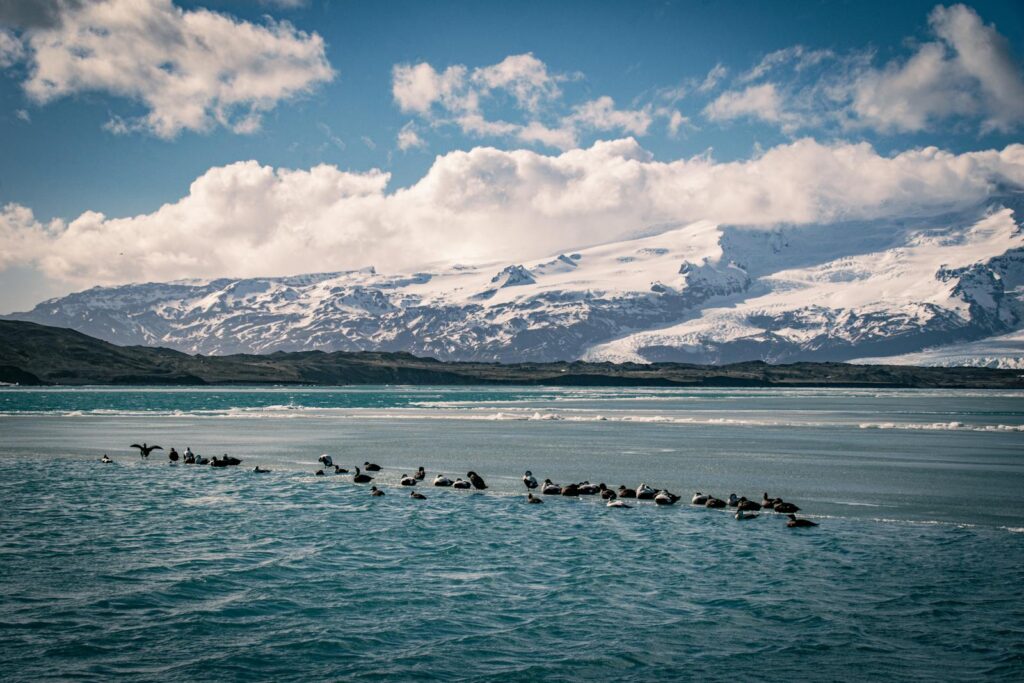
Protecting the network of stopover sites used by Arctic migrants presents unique conservation challenges that require international cooperation across political boundaries. The East Asian-Australasian Flyway Partnership represents one successful model, bringing together 18 countries to coordinate protection of critical sites for birds migrating between the Arctic and southern Asia and Australia. Effective conservation often requires identifying and protecting “bottleneck sites” where large proportions of a species’ population concentrate during migration, such as Delaware Bay for red knots or the Yellow Sea for bar-tailed godwits. The Western Hemisphere Shorebird Reserve Network has designated over 100 sites across the Americas as crucial for migratory birds, providing a framework for prioritizing conservation efforts. New international initiatives like the Arctic Migratory Bird Initiative specifically focus on protecting the complete life cycle of birds breeding in the Arctic, recognizing that conservation success depends on maintaining the entire chain of habitats these birds require throughout their annual journey.
The secret stopovers of Arctic migrants represent one of nature’s most remarkable yet vulnerable systems. These critical waypoints – from coastal mudflats to mountain meadows, desert oases to urban parks – form the essential infrastructure supporting one of Earth’s greatest wildlife spectacles. As our understanding of these hidden networks grows through technological advances, so too does our responsibility to protect them. The future of Arctic migrants depends not just on preserving their breeding and wintering grounds, but on maintaining the constellation of stopover sites that make their extraordinary journeys possible. In a world of rapid environmental change, ensuring these birds can continue to find safe harbor during their epic migrations stands as one of conservation’s most urgent and complex challenges.
